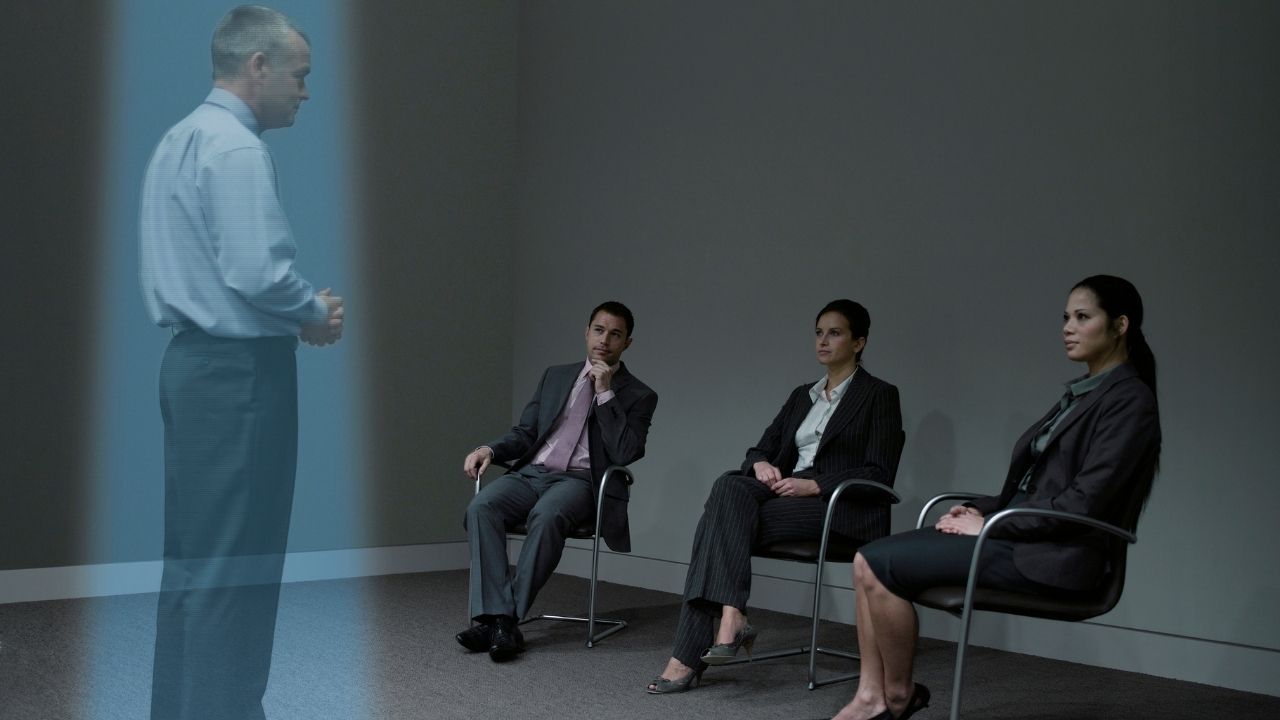Mark O’Neil, CEO of Columbia Shipmanagement, spends much of his year taking multiple trips around the world to meet crew members of his company. However, this January, he attended a Manila conference by traveling just a few miles from the company’s headquarters in Cyprus.
O’Neil was able to so through the help of hologram technology, allowing him to appear at the conference and interact with the audience without physically being present.
“It was a real ‘beam me up’ moment,” said O’Neil. “They felt I was really there.”
Now, the company hopes to continue using this technology to train workers worldwide, without ever having to step foot on a plane.
The hologram box system used by the company was provided by Los Angeles firm Portl Inc. and comes with a camera, light, microphone, and backdrop. The technology company provides a variety of hologram offerings, from the full setup that O’Neil used, to a tabletop version that displays a smaller version of the user.
Columbia isn’t the only one experimenting with the advancements of hologram technology. Companies like Google and Microsoft are working to onboard clients for their holographic services.
This has largely been driven by the pandemic’s impact on the global workplace, and using hologram technology offsets the challenges of business travel without sacrificing collaborative opportunities.
“Holograms were never in demand for anything but entertainment until recently,” said David Nussbaum, founder Portl. “Instead of digitally resurrecting dead artists, I saw holograms as a new way of communication.”
Although some critics say Portl and other competitors do not provide true, three-dimensional holograms that can be viewed from all angles, the company’s projections give the illusion of 3D images.
Part of the reason why these companies are still unable to provide fully three-dimensional imagery is due to modern networks unable to host the amount of data this would require.
However, the last few years have undoubtedly ushered in the relevancy of this technology beyond pure entertainment. Companies are becoming increasingly distributed, and holograms can fill in the gaps that common video conferencing tools cannot within these environments.


 Dr. Gleb Tsipursky – The Office Whisperer
Dr. Gleb Tsipursky – The Office Whisperer Nirit Cohen – WorkFutures
Nirit Cohen – WorkFutures Angela Howard – Culture Expert
Angela Howard – Culture Expert Drew Jones – Design & Innovation
Drew Jones – Design & Innovation Jonathan Price – CRE & Flex Expert
Jonathan Price – CRE & Flex Expert










